| After losing his Agra throne in 1540, the Mughal Emperor Humayun (together with his wife and few followers) seek refuge to present day Pakistan. Forced to retreat even further, he went to present day Iran. There he was impressed by the architectural work of his ancestors. With the Persian’s help he fought back and regained control over parts of present day Afganistan, Pakistan and, 1555, of Northern India. He died in 1556 and in 1562 his wife began work on his tomb, inspired from Persian architecture. This was the first of the Mughal buildings in India, preceding, among others, his son Akbar mausoleum and his son’s wife mausoleum – the Taj Mahal. Other structures followed, so that upon the discovery by the British in the 1860’s around 160 tombs were located in the Delhi area |
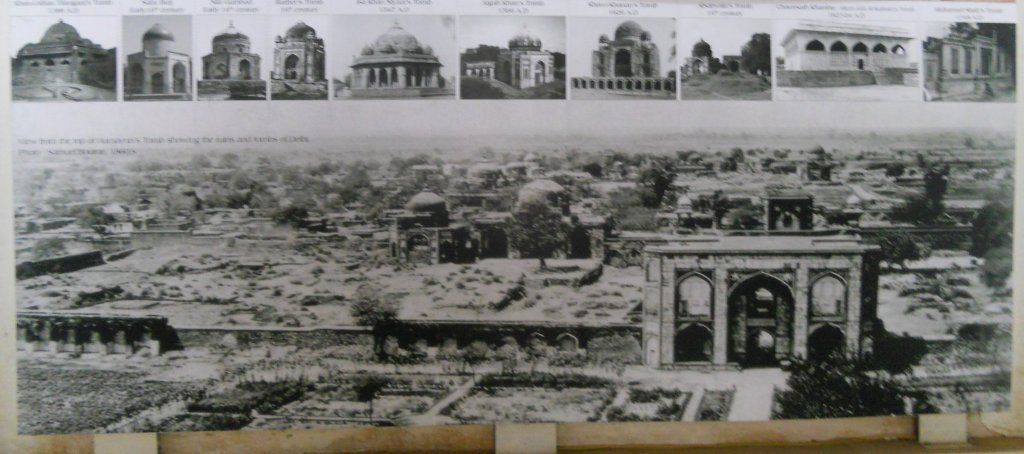
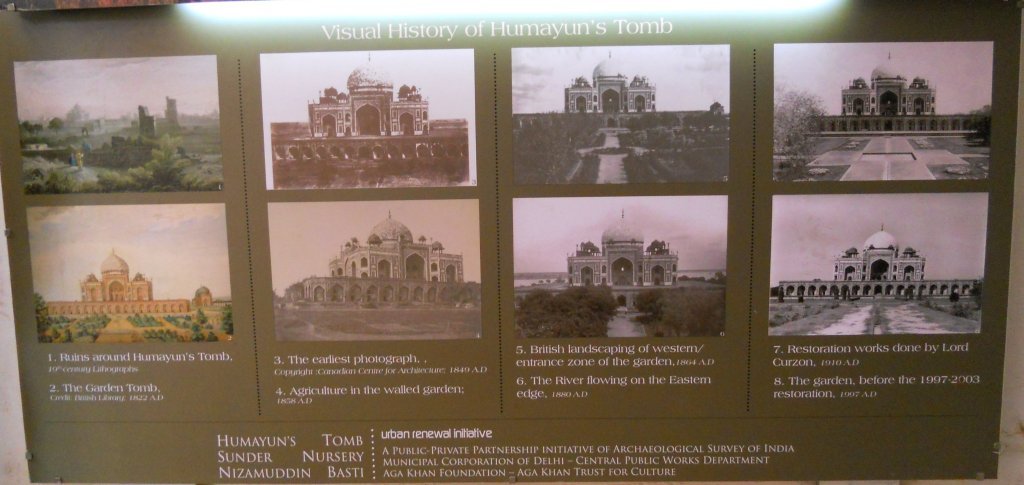
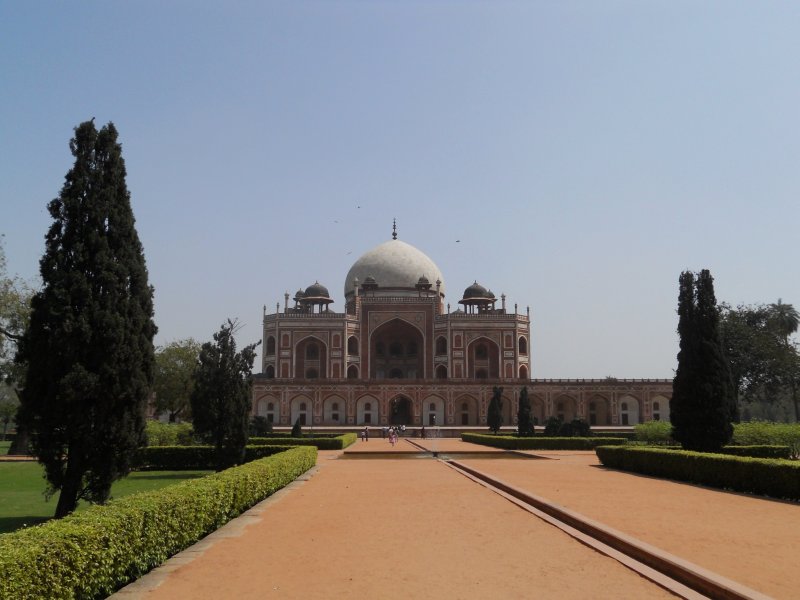
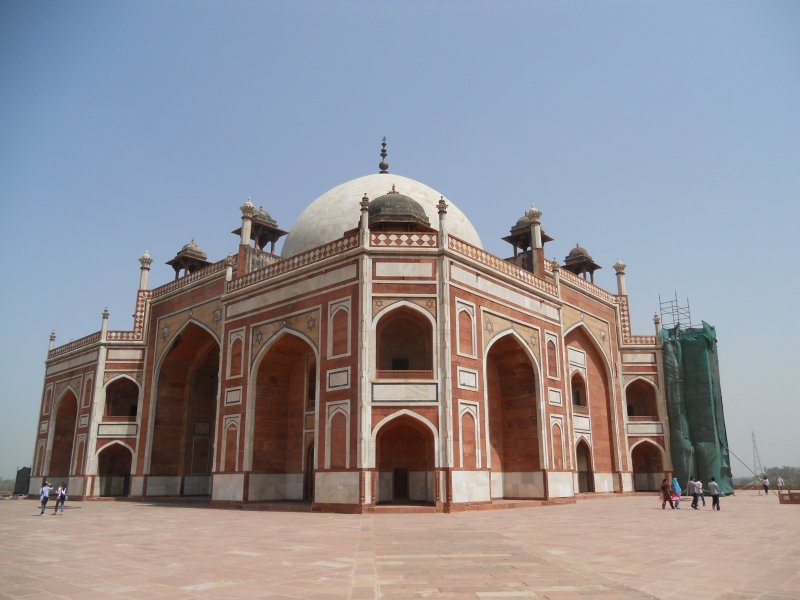
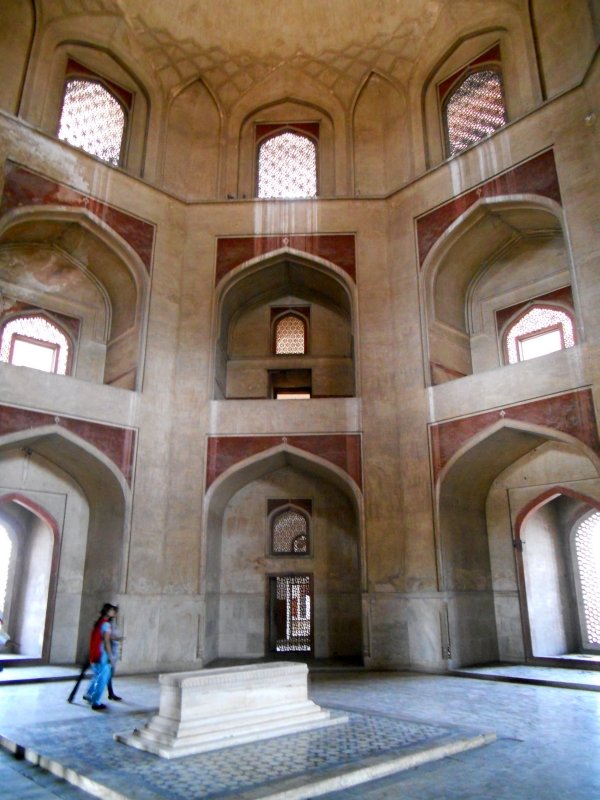
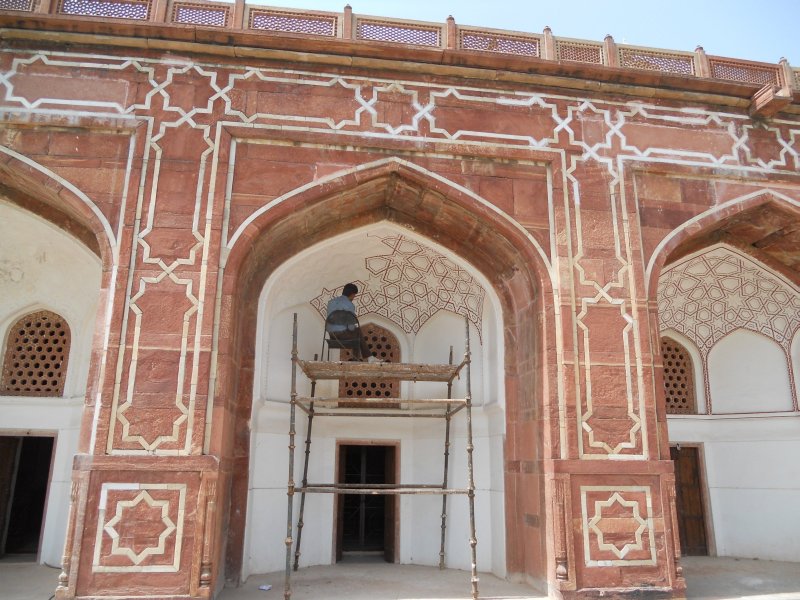
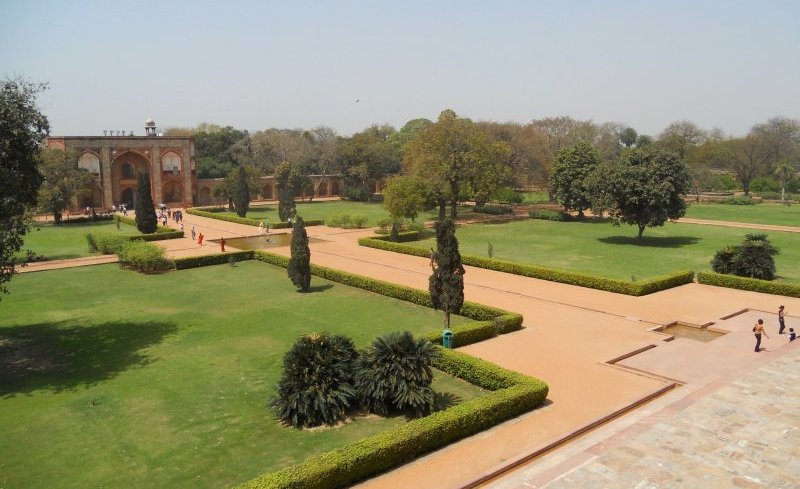
2 Comments
Hello,
Very good collection of photos 🙂 and very nice article.I am impressed 🙂 thank you for sharing it.
If you want to know more info about Humayun’s Tomb,please visit below link:
http://www.ijaunt.com/delhi/humayuns-tomb,
thanks. I will read it.